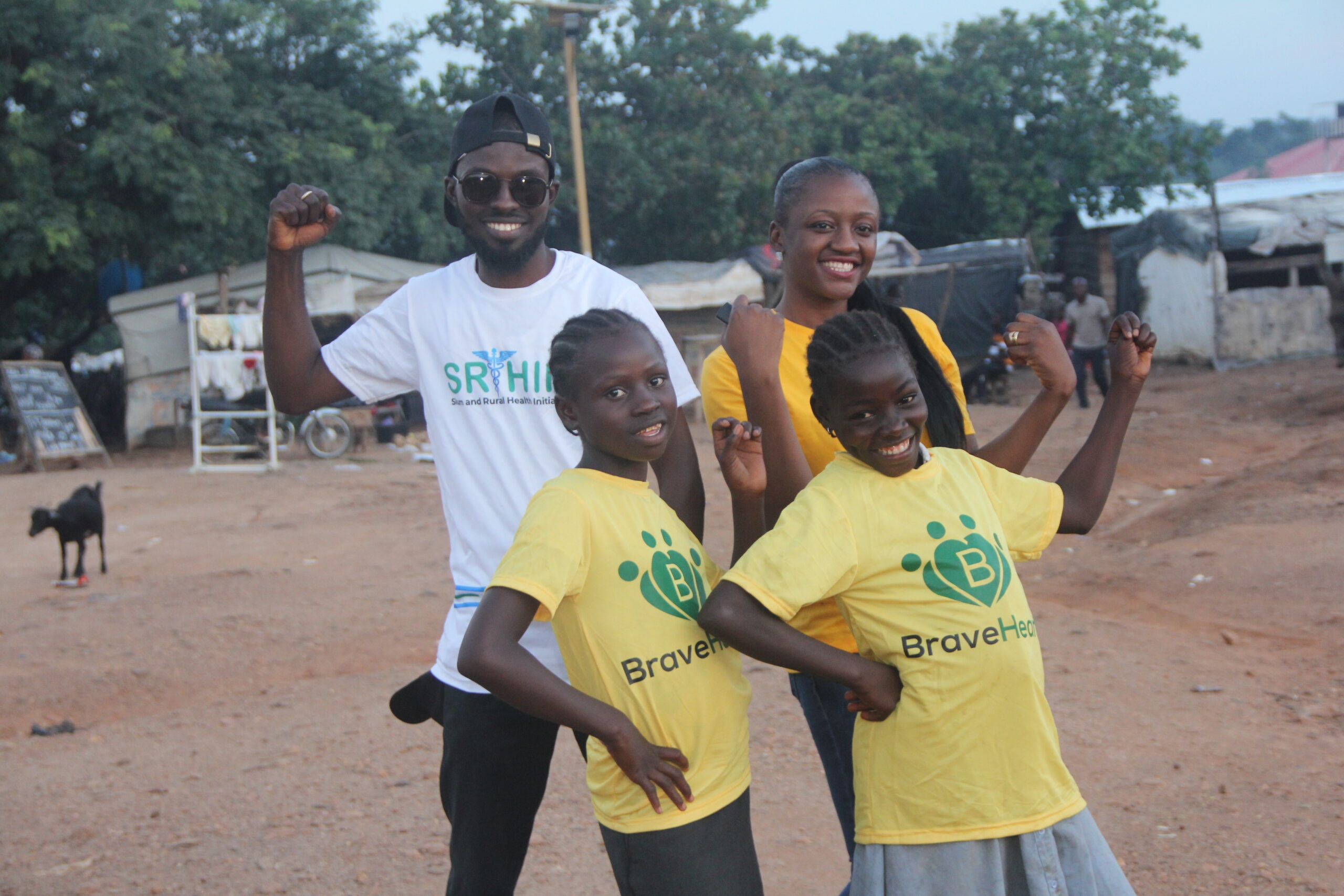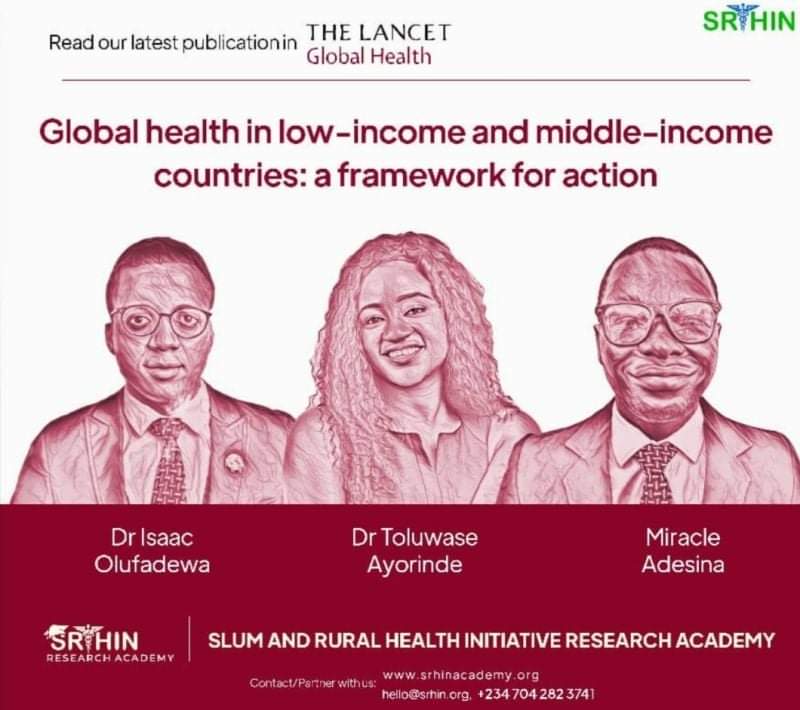Nigeria already has over 3.2 million people displaced, with 684,000 IDPs in Cameroon, Chad, and Niger and 304,000 refugees in the four countries. Home to 2.9 million IDPs at the end of 2020, making it one of the countries most affected by internally displaced worldwide. We do not know how many IDPs are living with disabilities, but it has been estimated according to the World Health Organization’s 2011 World Disability Report, about 15 percent of Nigeria’s population, or at least 25 million people, have a disability. Many of them face many human rights waves of abuse including stigma, discrimination, violence, and lack of access to healthcare, housing, and education.
POUNDING CHALLENGES
Physical, financial and educational barriers often make it harder for IDPs with disabilities to leave their homes safely and access support. Indeed, most of the IDPs with disabilities surveyed by IDMC faced challenges when forced to abandon their homes, including moving to another area, finding a place to stay, and accessing assistance available to other IDPs. They also had to struggle to access food availability and also take part in community life. Although displacement can affect the health of all IDPs, the impacts are even worse for IDPS with disabilities. In fact, 70 per cent of IDPs with disabilities surveyed by IDMC said their physical health had deteriorated since they were displaced from their homes, compared with 43 per cent of IDPs without disabilities. And study have shown that almost all surveyed IDPs with disabilities said they barely receive assistance adapted to their difficulties, including specialized healthcare.
While the availability of quality education for displaced children remains vision with a minute visibility in general, disability-inclusive educational support is even harder to come by. Percentage of schools available are frequently inaccessible for children with physical disabilities and often teachers lack training on how to best support children with intellectual disabilities. An inadequate of inclusive learning materials, such as braille for children with visual impairments, pose further barriers to learning.The challenges IDPs with disabilities face, accessing healthcare and education, are a few out of the enormous challenges they are exposed to in finding durable solutions.
SOLUTIONS TO BARRIER IN DISABILITY INCLUSION
People with disabilities should be able to articulate their concerns and participate in finding solutions to their own displacement. Favorable policy reforms and inclusive local development should also be carried out.
Although we don’t know exactly how many IDPs have disabilities, we have accepted that some proportion of the displaced population has a disability. Our Integrated Development Peace Project is to ensure no internally displaced persons that are disable would be denied access to facilities and services that have been made available to everyone. While some projects are still underway to build more inclusive infrastructure for IDPs, mobile services and safe spaces have been created in providing psycho-social support, health referrals and protection services to IDPs with disabilities who are unable to move around.



